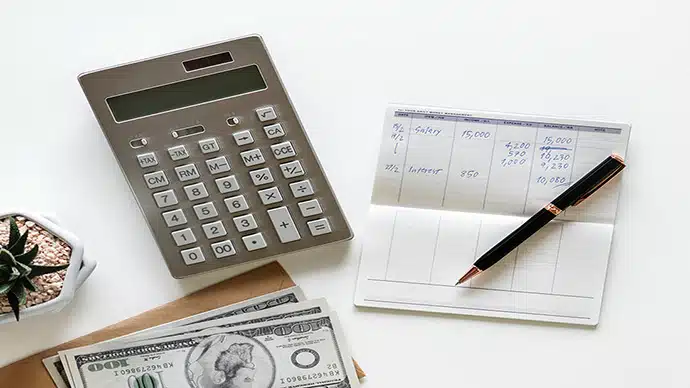
The best gift you can give yourself in the new year or any time, is freedom from credit card debt. Even with a relatively low-interest credit card, you’re literally throwing money away every month if you don’t pay off the entire balance.
Consider: If you have a balance of $5,000 on a credit card at 14% interest and make only the minimum payment due each month, it would take you 22 years and $5,887 in interest to pay it off.
If you’ve gotten yourself into significant credit card debt, the situation may feel hopeless, but it’s not. Billshark offers eight simple ways to get yourself out.
1. Take stock of your bills
Ignoring the problem won’t make it go away. If you sit down and look at your credit card situation, you may find it’s not as dire as you think it is. Look at which cards you have, how much you owe on each, how much the interest rate is, and what the minimum monthly payment is.
2. Prioritize your money
Next, tally your monthly income, putting the most important bills at the top (rent/mortgage, utilities, gas/transportation, food and other necessities), then see what’s left to pay on your credit cards.
3. Negotiate lower rates
If you have good credit, call each of your credit card companies and ask for a lower rate. You may be surprised to find how easy it is to get them to agree to this. They’re making a bundle off of you in interest rates, and they won’t want to let that go, so they’re often willing to lower your rate to retain you as a customer.
4. Balance transfers
If you have credit cards, you constantly receive offers from each of them to transfer your other card balances at a low—sometimes 0%– interest rate for a fixed period of time. Sometimes this period can be as long as 21 months. This is an excellent way to use their money without interest for that period, and use the savings toward paying off this card.
A word of caution: Banks never give away something for nothing. First, they’re betting you won’t pay off this new balance before the higher interest rate kicks in. Second, there’s always a “balance transfer fee,” typically a percentage of the balances being transferred. Calculate whether this fee will actually cost more than what you’d save in interest on the other cards.
5. Use the “snowball” method
Begin with your highest-interest credit card and put every spare cent into paying that one off. When you’ve done that, take the payment from that card and add it to the payment you’re already paying on your next highest-interest card, and so on. In addition, apply any windfalls (tax returns, bonuses, savings Billshark finds for you, etc.) to whichever card you’re working on paying off.
6. Pay twice a month
This trick has been used for years by mortgage holders to pay off their mortgage sooner. If you’re paid twice or more a month, make two payments on your credit card balance each month. Doing this reduces the average daily balance on your credit card, resulting in lower interest charges on the full balance.
7. Consolidate debts
As a last resort, you may be able to obtain a consolidation loan from your bank or a private lender with a lower interest rate and payment than you’re making on all your credit cards. If you really can’t swing the payments on all your cards, this may make sense. But if you go this route, it’s critical that you stay off your credit cards. A consolidation loan is not license to run up more credit card debt. Put them away, but don’t cancel them, because part of your credit score is calculated on how much credit you are using vs. how much you have available. The less you’re using, the higher your score.
8. Ask about debt forgiveness
If you’re seriously in debt and cannot afford to pay it off, talk to your creditors about debt forgiveness. They will often settle for a lesser amount than you owe, or offer you a repayment plan that you can afford. This will impact your credit score, and you may have to pay taxes on the amount forgiven, but it’s better than filing for bankruptcy.
And as always, let our sharks help you find “hidden money” on your bills that you can put toward lowering your credit card balances.


